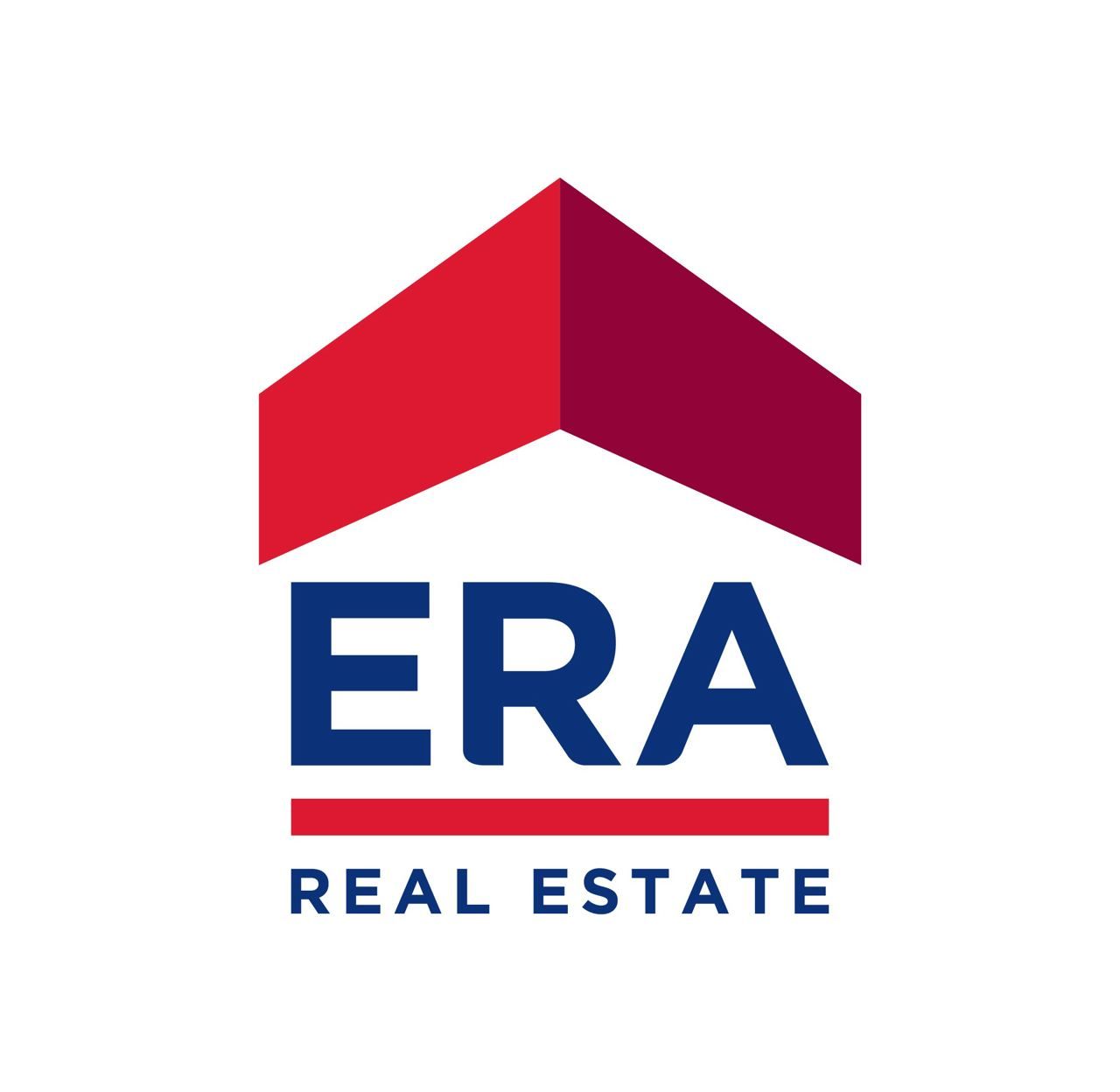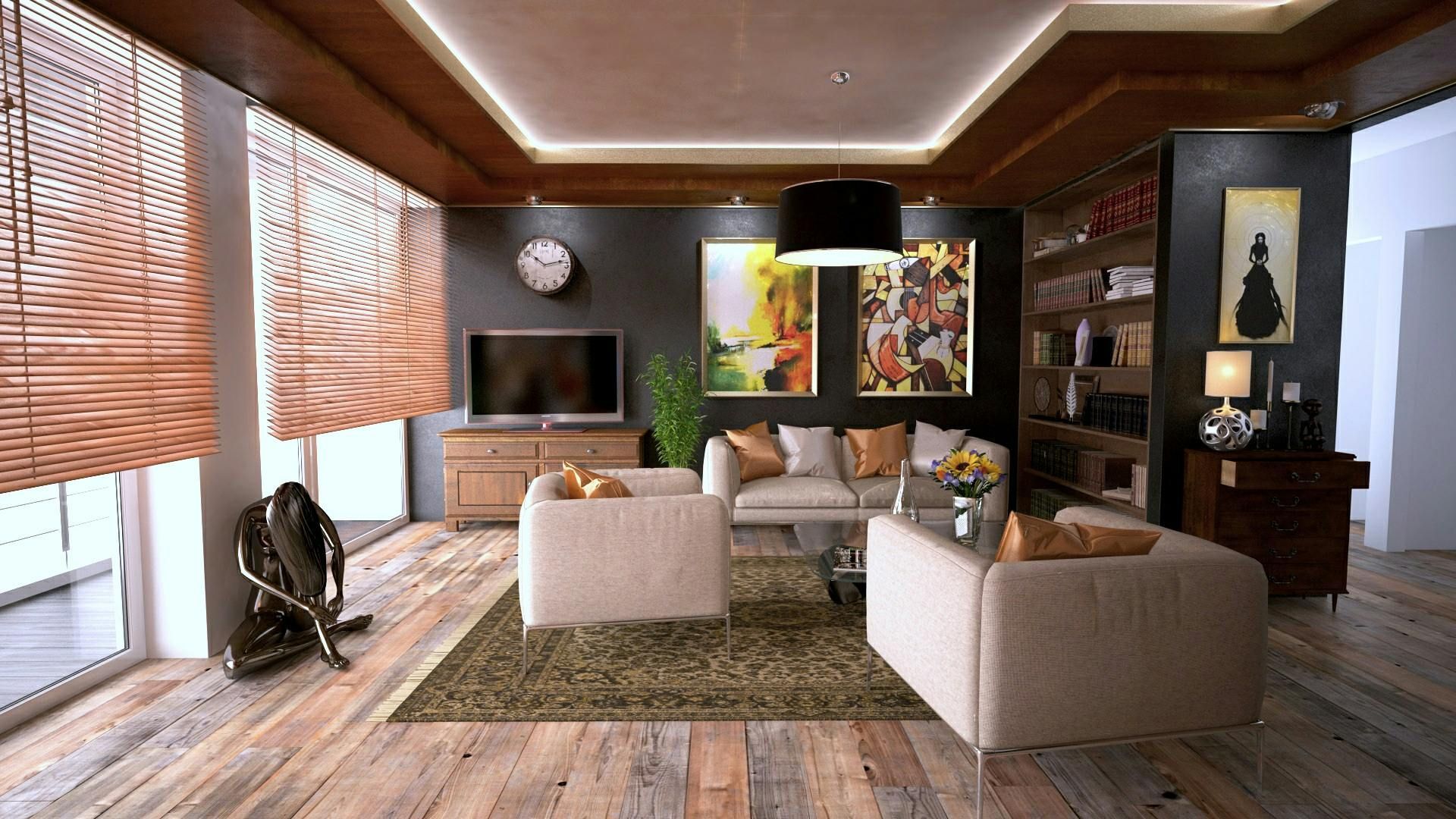Why 'Live, Work, Play' Developments Are Taking Over: The Future of Real Estate in Singapore
Singapore’s real estate market has seen a surge in mixed-use developments, where residential, commercial, and recreational spaces come together in one cohesive environment. While the concept of 'live, work, play' is not entirely new, it’s taking on new significance in today’s property market. As more people opt for convenience-driven lifestyles, these integrated developments are offering an ideal solution. But beyond the obvious benefits of convenience, there are deeper, often overlooked factors driving their success. Here’s what you need to know about why mixed-use developments are reshaping the future of urban living in Singapore.
The Concept of 'Live, Work, Play'
At first glance, mixed-use developments seem to simply offer convenience, with everything from retail outlets and cafes to residential units and office spaces packed into one area. However, these developments are far more strategic than just placing homes and offices side by side. They reflect a new era of urban planning that anticipates the needs of Singapore’s rapidly evolving, highly urbanised society.
Some prominent examples in Singapore include Marina One, Paya Lebar Quarter (PLQ), and The Woodleigh Residences. These integrated projects provide a well-balanced mix of living spaces, work environments, and lifestyle amenities. But what’s driving their rise, and what are the untold benefits?
Why Are Mixed-Use Developments So Popular?
- A Hedge Against Economic Downturns One of the most interesting aspects of mixed-use developments is their resilience to market fluctuations. With multiple revenue streams—residential sales, retail leases, office spaces—these projects tend to be less vulnerable to downturns in any single sector. If the residential market slows, commercial tenants can still drive revenue, providing a buffer for investors. This diversified asset model makes mixed-use developments a safe bet for long-term growth.
- The New Age of Digital Nomads With remote work becoming the new norm, especially post-pandemic, many professionals are looking for homes that allow them to balance work and life seamlessly. The integration of co-working spaces and residential living within these developments caters directly to the needs of digital nomads who prioritise flexible work arrangements. What used to be an office-centric society is shifting to favour spaces where people can work from anywhere, including cafes, lounges, or even outdoor green areas within their residences.
- Higher Rental Yields and Demand Mixed-use developments don’t just attract home buyers; they’re a magnet for tenants, particularly expatriates and professionals who value proximity to both work and leisure. Because of the convenient blend of lifestyle and workspaces, properties in mixed-use projects tend to command higher rental yields than standalone residential projects. In neighbourhoods with mixed-use developments, rental units see consistent demand and less vacancy. For example, developments like Marina One and Duo attract not just local professionals but also multinational companies looking to house employees within walking distance of their headquarters. This inflates rental demand and creates a more competitive leasing environment.
- Sustainability as a Core Feature What many people may not know is that mixed-use developments are often built with sustainability at their core. By reducing reliance on long commutes, these projects help reduce carbon footprints, aligning with Singapore’s broader sustainability goals. Green spaces, energy-efficient buildings, and smart waste management systems are becoming standard features in these developments. Marina One, for example, boasts its own biodiversity garden, which acts as a natural cooling system.
- The 24/7 Community Concept Unlike traditional residential projects, which are often quiet during office hours, mixed-use developments foster a 24/7 community vibe. Offices, shops, and residential areas all keep different schedules, creating a dynamic energy that offers round-the-clock activity. Residents have access to amenities that are operational at all hours, meaning everything from gym visits to late-night grocery shopping becomes more accessible. This constant flow of activity not only enhances the quality of life but also boosts security, as spaces are rarely deserted.
Why Now? The Shift in Singapore’s Property Landscape
Singapore’s urban planning has always been forward-thinking, but the shift towards mixed-use developments represents a strategic response to changing lifestyle demands. The country’s limited land supply makes these projects an efficient way to maximise land use, while simultaneously catering to the demands of a growing population. These developments are also well-aligned with the government’s goal to create more liveable, sustainable environments.
What’s more, the trend of decentralisation—moving away from the central business district (CBD)—has made it necessary for suburban areas to adopt the live, work, play model. Areas like Paya Lebar and Woodleigh are perfect examples of how mixed-use developments are supporting this shift, offering suburbanites the convenience of city living without the need to be in the heart of the CBD.
The Hidden Risks: What You Should Consider
While mixed-use developments are booming, there are some considerations for potential buyers. For instance, living in a vibrant, round-the-clock community may not suit everyone, especially those who prefer quiet, residential-only neighbourhoods. Noise levels could be higher, and traffic around the area may increase due to the commercial activities happening within the development. Additionally, while the convenience is unparalleled, the premium prices attached to these projects might not suit every budget.
Conclusion: The Future is Mixed-Use
The rise of mixed-use developments in Singapore signals a shift in how we live, work, and play. As more people seek convenience, sustainability, and a vibrant community atmosphere, these developments are not just a trend—they are the future of urban living. For investors, the diverse revenue streams and higher rental demand make these properties highly attractive. For residents, the lifestyle benefits are clear: everything you need is at your doorstep.
Stay tuned! I’ll be making a video soon diving even deeper into how mixed-use developments are shaping the future of Singapore’s property market. You don’t want to miss it!


